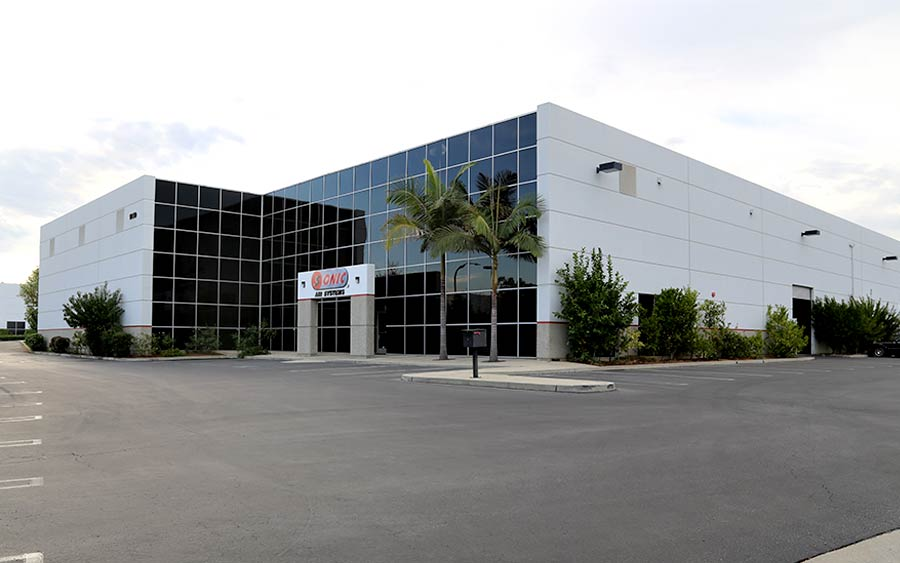CASE STUDIES

Cost Saving Solution with Sonic’s Dry-In-Place System for Transformer Barrel Drying


Overview
Koncar D&ST, a leading producer and distributor of medium-power electrical and special transformers, operates with the highest quality standards. As part of their production process, new barrels and plastic Intermediate Bulk Containers (IBCs) must be thoroughly dried before filling them with degassed and dehumidified oil. Ensuring a water-free environment is crucial to protect the transformers against corrosion. Koncar struggled with its traditional drying methods, resulting in extended drying times, increased warehouse space requirements, and additional production costs.
Solution
Through their UK office, Sonic Air Systems provided a breakthrough solution to Koncar. They installed their patented Hot Air (heater-less) blower system, specifically designed for the Dry-In-Place (D-I-P) tank drying application. This system allowed for the simultaneous drying of up to eight 55-gallon (208-liter) barrels in just 20 minutes per batch, ensuring complete dryness. Sonic's technology also proved versatile, successfully drying the interior of 264-gallon (1,000-liter) plastic IBC totes in pairs within 45 minutes, despite the challenges posed by their water surface tension and structural limitations.
Result
Implementing Sonic's Dry-In-Place Tank Dryer System significantly improved Koncar's production efficiency. The rapid drying process reduced overall drying time, eliminating the need for extended drying periods and optimizing warehouse space utilization. Sonic's solution's simplicity, low energy consumption, and cost-effectiveness made it the ideal choice for Koncar. The system's patented hot air technology achieved an outlet air temperature of 160˚F (71˚C) without relying on secondary heat sources.

